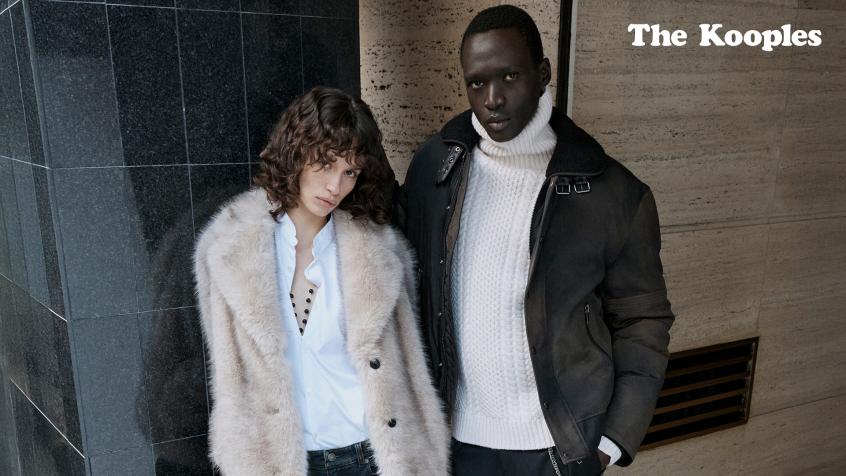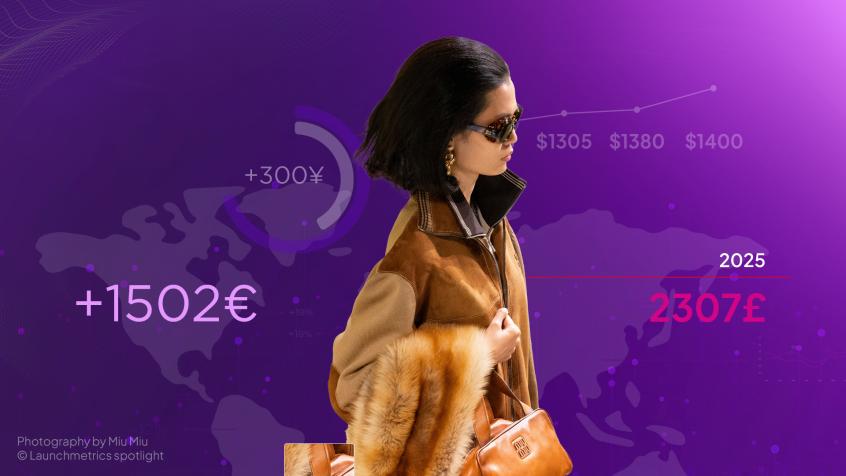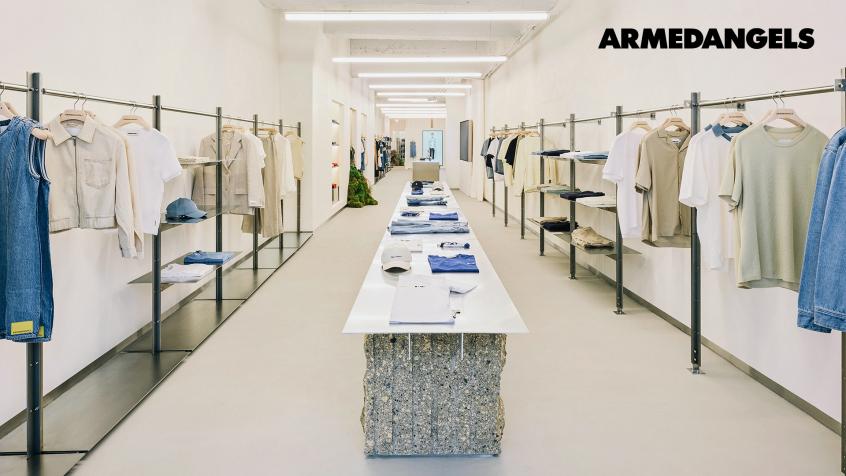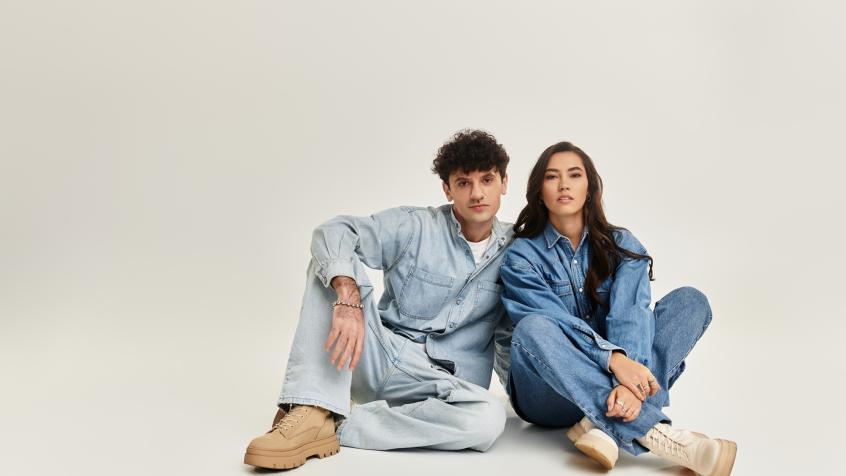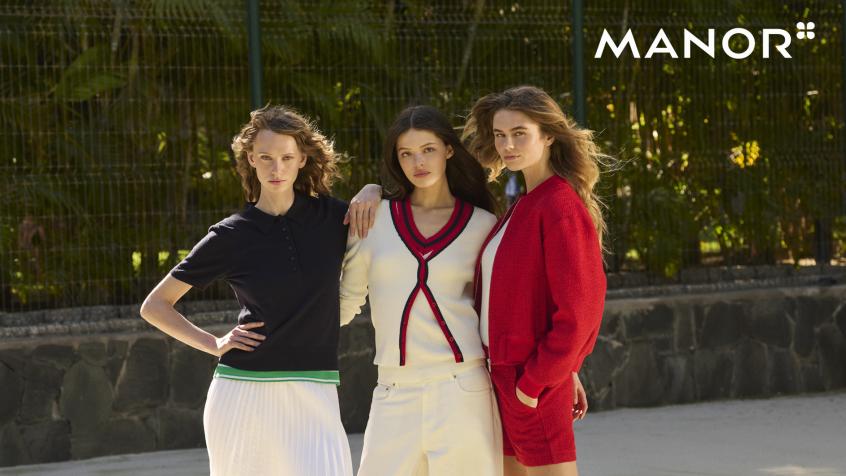How to get the best pricing strategy in 2022
Staying on top of the industry shift

Key takeaways
- Mass market brands have increased prices by over 5% in the past year and categories such as t-shirts and sweatshirts are taking the biggest hit
- Within the premium market t-shirts are the category that displays the strongest increase in prices.
- Leading luxury brands are raising prices at a higher rate than mass market and premium brands
The global pandemic has left its mark on the fashion industry in more ways than one, and price inflation is one of the most prominent pandemic-driven outcomes within the industry. Numerous countries eased COVID measures and restrictions, which got shoppers excited for public outings and in turn drove demand across the industry. Rising apparel demand, coupled with supply chain disruptions; including a hike in shipping costs, transportation bottlenecks, and a rise in raw material prices; led to the inevitable increase in prices.
Expected to only grow stronger, and potentially become the new normal within the fashion industry, price increases leave brands with a critical question - how do we handle price increases and adapt our pricing strategy so as not to fall behind competitors? Dive into the following report to see how automated benchmarking can help you get ahead of the price shift and the type of data you can access with Retviews.
Leading fashion brands are using the automated benchmarking solution Retviews, to monitor their competitors’ strategies, keep a close eye on how brands are dealing with the industry shift and optimize their own pricing strategy to stay on top of the changing industry.
Mass market pricing strategies
Leading mass market brands have been widely hit by supply chain disruptions, with market leaders like Zara facing supply chain bottlenecks, as their apparel is largely sourced in Asia. Therefore, an increase in prices throughout the mass market sector is inexorable, but how strongly have leading brands changed their pricing strategy, and where exactly are we seeing the most significant increase in prices?

Retviews’ data indicates a clear increase in prices between January 2021 and January 2022, with the average price of apparel in leading mass market brands’ collections growing from around 36€ to 38€. Not only have leading brands such as ZARA, Uniqlo, Mango and Primark showcased a 5% increase in average prices throughout the past year, but there has also been an overall 8,2% increase in prices between 2020 and 2022.

Taking a closer look into leading brands’ collections throughout the past year, several categories stand out with the highest increase in average price. On average, t-shirts are one of the categories that have exhibited a strong price increase, coupled with a decrease in stock, a phenomenon that could most likely be attributed to the recent surge in raw material prices and supply chain disturbances.
Among the categories with the strongest price increases are accessories (primarily scarves, gloves and jewellery), blazers, sweatshirts and footwear. Within footwear, the shoe displaying the largest price increase is one of 2021’s most popular shoes - loafers. Underwear is another interesting category where prices have shown a strong increase, and where cotton is highly present, however showcasing an increase in stock, throughout the past year.
It's not all about cotton
Raw material prices are increasing exponentially, and apparel textiles are among the categories most strongly affected. With cotton prices going through the roof and reaching a ten-year high, what other fabrics have exhibited price hikes in the past year?

Looking at leading mass market brands such as ZARA, Uniqlo and Primark - cotton, wool and leather are the fabrics where average prices have increased the most. Looking at the average price of products, made up entirely (100%) of cotton or leather, there has been a prominent price increase throughout the past year - cotton apparel prices growing by 8% and leather prices shooting up by 10% between January 2021 and January 2022. Industry leader ZARA is moving towards more premium positioning, with the use of more premium fabrics such as leather and wool, and could be taking advantage of the current economic climate to move their brand towards a higher quality offer.
Within premium brands, wool and cotton are on top of the fabric mix, with the strongest price increases throughout the past year, standing at 6%.
A classic move for luxury brands
The luxury sector is no stranger to periodical price increases, as leading luxury players regularly increase prices, most recently even multiple times throughout the year. Luxury prices have historically grown by “more than double the rate of inflation”, and the pandemic has pushed leading brands to further increase prices as raw material prices have hit the luxury sector as well.
Retviews data indicates that there is an evident increase in average prices across popular labels such as Balenciaga, Gucci, Prada, and Saint Laurent – with Prada and Gucci showcasing the highest price surges between January 2021 and January 2022, standing at 16% and 14%, respectively. The increase being mainly attributed to the leather goods category.
Nailing your pricing strategy
Price increases are not going to subside anytime soon and are having a prominent impact on not only the fashion industry, but across countless sectors. In light of the current global economic climate; considering supply chain disruptions and price inflation; brands are trying to navigate the pricing shift, and at the same time maximize margins. In the long run, how high will prices go and what will apparel pricing look like in the future? You can take the guesswork out of your own brand’s strategy with automated benchmarking. Leading fashion retailers are using Retviews, the automated benchmarking solution, to monitor competitor strategies, see where prices are experiencing a shift and pinpoint the ideal pricing strategy at the right time, to stay ahead of the competition.
Find out how Retviews can help you navigate the pricing shift and prevail in the changing industry.
Related content
